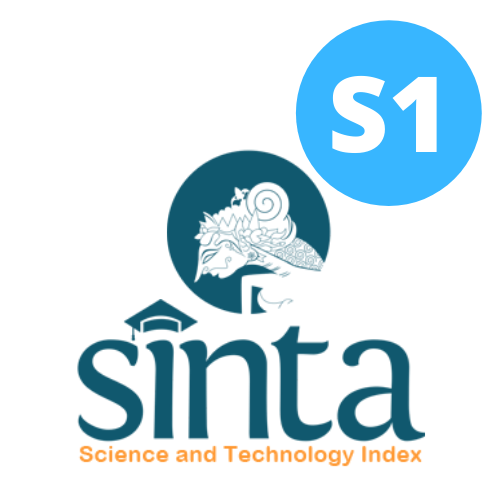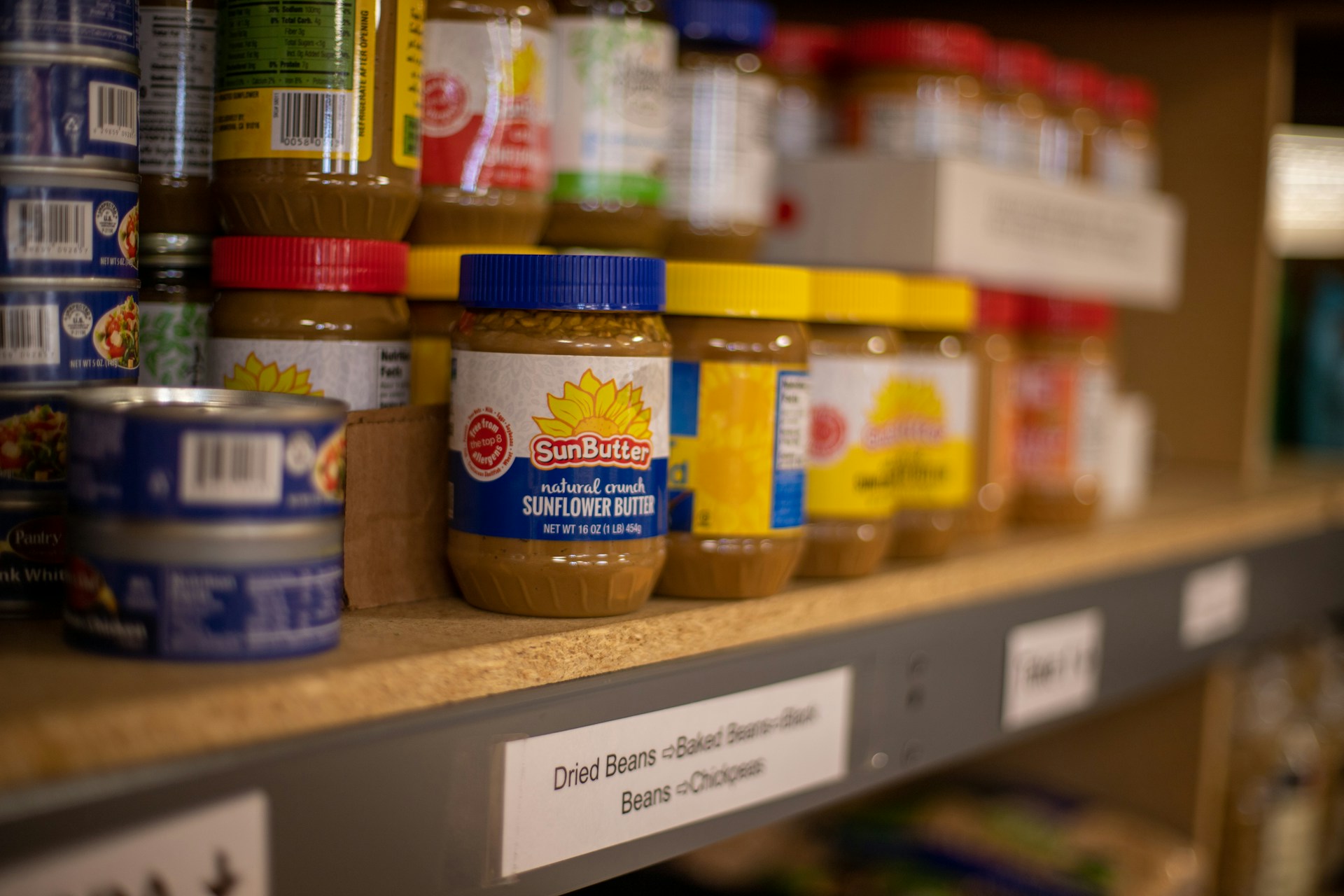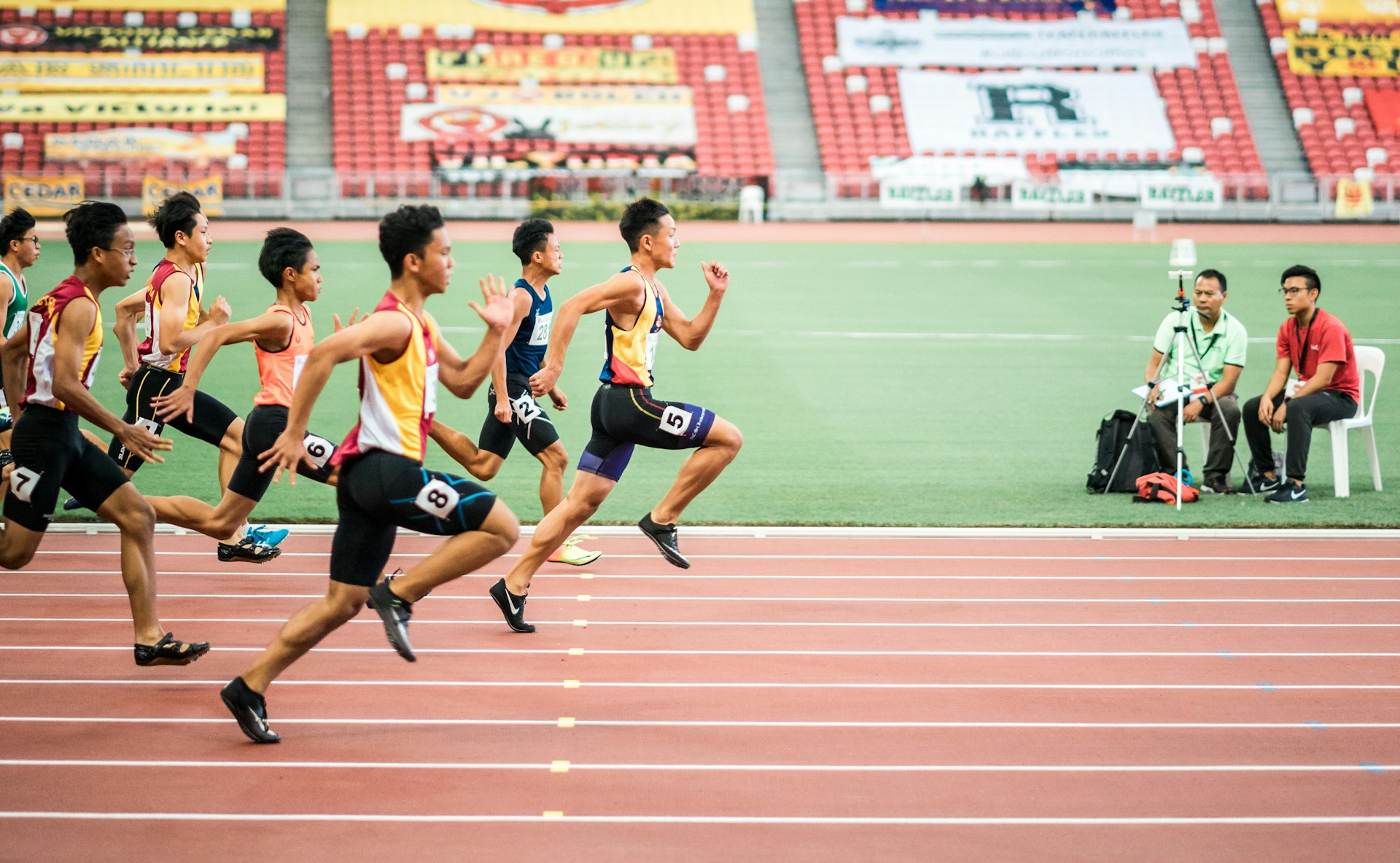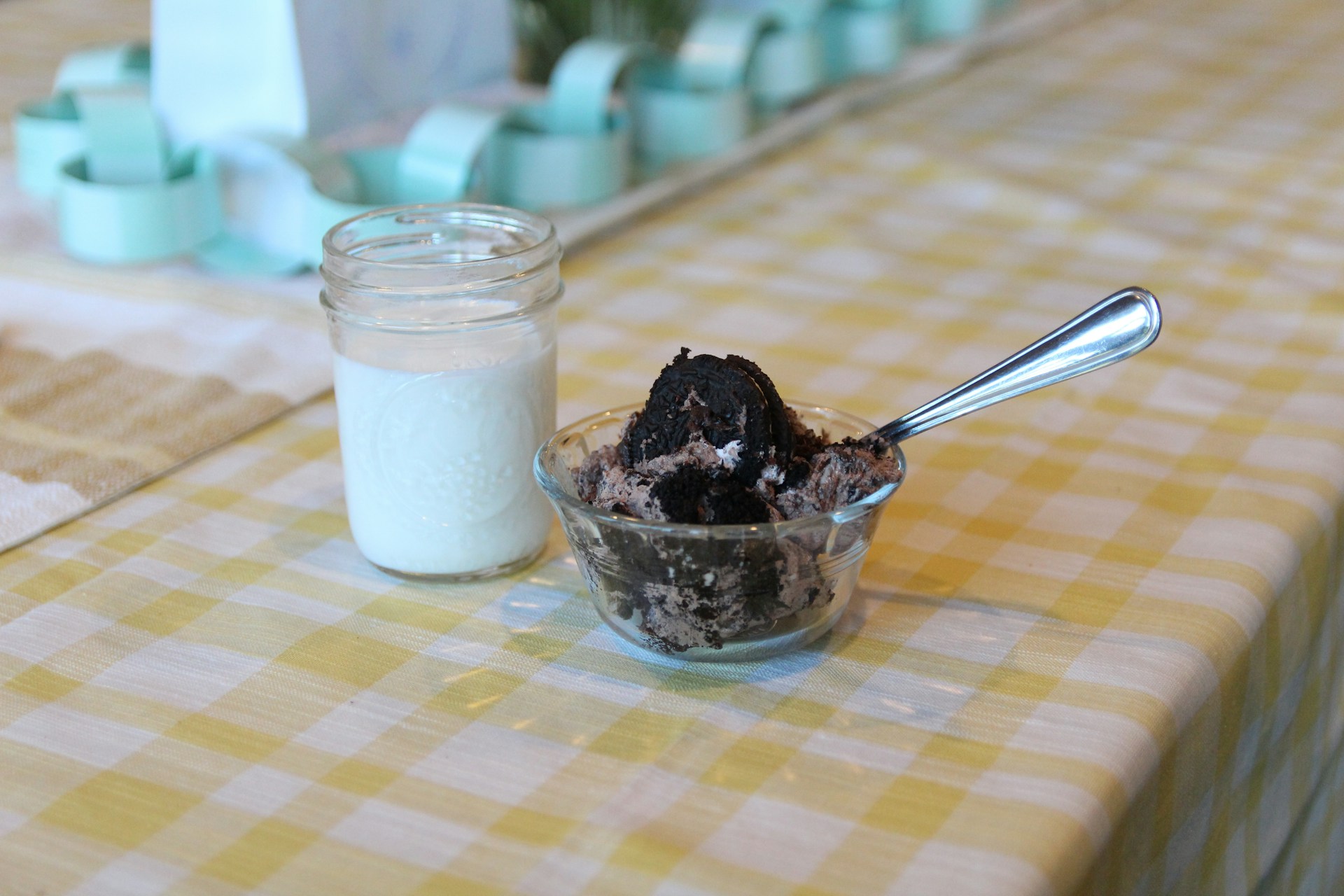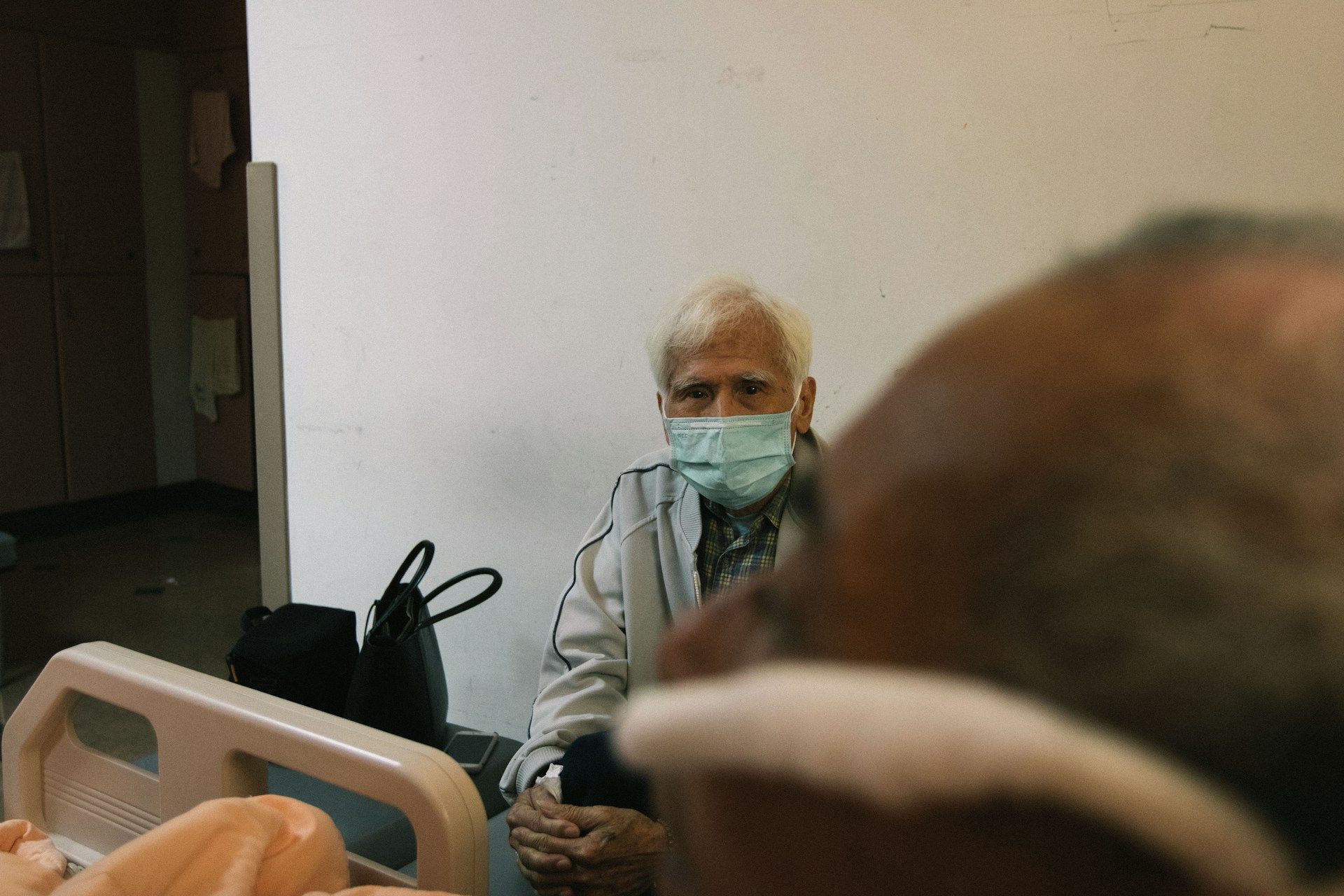Organoleptic Quality and Nutritional Content of Local Fish (Bleberan) Formulation Crackers as Snacks for Stunting Toddlers
Kualitas Organoleptik dan Kandungan Gizi Kerupuk Ikan Lokal (Bleberan) Formulasi sebagai Camilan untuk Balita Stunting

Downloads
Background: Toddlers commonly experience nutritional problems due to a variety of factors such as direct, indirect, main, and basic factors. Stunting is a chronic malnutrition problem that can have both long and short-term impacts on toddlers. The Bengkulu area is predominantly located along the coast, boasting an abundance of marine products. There are certain types of small fish that are considered byproducts and relatively inexpensive.
Objectives: This study aimed to assess the hedonic test for fish crackers with a variety of vegetables (mustard greens, carrots, and apple tomatoes) using a hedonic test.
Methods: This study was conducted in the Nutrition Laboratory for 1 month start with product manufacturing, organoleptic and acceptability tests carried out at selected public health centres that had the highest stunting criteria. The selected public health centres are Pasar Ikan, Beringin Raya, Sawah Lebar, Penurunan, Anggut Atas, Sukamerindu, and Jalan Gedang. This study was a completely randomized design (CRD). Data were analysed using the Stata 16, conducting univariate analysis (proportions and averages).
Results: The fish crackers with apple tomatoes variant, composed of 250 g of fish and 50 g of apple tomatoes, showed the highest average score among other variants. This formulation had 424.42 kcal and 0.96 g ) between the four variants.
Conclusions: The formulation of bleberan fish crackers with tomato showed the highest preference score with an average value of 3.83, with a significant difference in the quality of the colour.
Hutapea, A. D., Nova, F., Panjaitan, T., Clementine, G. & Angelina. The First 1000 Days of Life: Nutrition and Child Development. Creative. Service. Kpd. Masy. 5, (2022).
Unicef. Malnutrition - Unicef Data. UNICEF, WHO and World Bank Group (2017). doi:10.1017/S136898003415
Unicef. Unicef’s approach to scaling up nutrition. Prog. Div. 40 (2015).
Achadi, E. L. Critical Period of the First 1000 Days of Life and Its Long-Term Impact on Health and Function. Nutrition Science refresher course 2 (2014).
Jalal, F. Preparing the Young Generation to Welcome the Demographic Bonus through the Health and Nutrition Entrance. (2016). doi:10.17844/jphpi.v26i3.44005
Unicef, WHO & Group, W. B. Levels and Trends in Child Malnutrition. Jt. Child Malnutrition Estim. Ed. (2017).
Ministry of Health of the Republic of Indonesia. Main Results of the 2018 Riskesdas Report. Jakarta Research Agency. and Developer. Health. Dep. Health. Republic of Indonesia. 22 (2018) doi:1 December 2013.
Ministry of Health of the Republic of Indonesia. Highlights of Indonesia's 2013 Riskesdas Results. (2013).
Dinkes Propinsi Bengkulu. Nutrition Status Monitoring Pocket Book. (2017).
Hou, S.-I. Health Education: Theoretical Concepts, Effective Strategies and Core Competencies. Health promotion practice (2014). doi:10.1177/1524839914538045.
Campbell, R. K. et al. Effect of complementary food supplementation on breastfeeding and home diet in rural Bangladeshi children. Am. J. Clin. Nutr. 104, 1450–1458 (2016). doi:10.3945/ajcn.116.135509
Grantham-Mcgregor, S. M., Fernald, L. C. H., Kagawa, R. M. C. & Walker, S. Effects of integrated child development and nutrition interventions on child development and nutritional status. Ann. N. Y. Acad. Sci. 1308, 11–32 (2014). doi:10.1111/nyas.12284
Øverby, N. C., Hernes, S. & Haugen, M. Effect of dietary interventions during weaning period on parental practice and lipoproteins and vitamin D status in two-year-old children. Food Nutr. Res. 61, 1350127 (2017). doi: 10.1080/ 16546628.2017.1350127
Unicef. Maternal and Young Child Nutrition Security Initiative in Asia External Evaluation of the EU-UNICEF Partnership 2011-2015 Maternal and Young Child Nutrition Security Initiative in Asia. I, (2016).
Unicef South Asia. Stop Stunting in South Asia Stop Stunting in South Asia. (2017).
Sofiyatin, R. Local Food-Based Intermediate Food for Children Aged 3-5 Years in an Effort to Prevent Stunting. Religion. J. Service. Kpd. Masy. 3, 105–111 (2022).
Kawarazuka, N. The Contribution of Fish Intake, Aquaculture, and Small-Scale Fisheries to Improving Food and Nutrition Security. (2017).
Adisanjaya, N. N. Potential, production of fish resources in Indonesian marine waters and its problems. Jakarta (2009).
Mlauzi, M. ; Mzengereza K. Contribution of Fish Consumption to Reduction of Malnutrition among the Under-Five Children ini Salima, Malawi. 1–5 (2017) doi:10.21767/2572-5459.100038.
Mahyuddin, M. Influence of Nutrition Intervention Model in the Utilization of Local Fish to the Velocity Growth of Children Age 12–24 Months of the Coastal City of Bengkulu, Indonesia. 1032 (2020). doi:10.17844/jphpi.v26i3.44005
Erwina, Y., Kurnia, R. & Yonvitner. Sustainability Status of Fishery Resources in Bengkulu Waters. (2015). doi:10.29244/jppt.v5i2.35152
Purnomo, P., Soetikno, N., Windari, W. & Adawyah, R. Effect of Comparison of Fish Meat with Different Tapioca Flour on the Quality of Snakehead Fish Crackers (Channa striata). Fish Sci. 9, 104–114 (2019).
Husna, H., Verawati, B. & Azzahri, L. M. Formulation of anchovy crackers with the addition of anchovies and moringa leaf flour as a high-protein food typical of Kuantan Singingi Regency. 4, 273–293 (2023). doi:10.31004/jkt.v4i2.12102
Fitriyono, A. Theoretical and Practical Food Technology. Graha Ilmu 1–16 (2014).
Suryono, C., Ningrum, L. & Dewi, T. R. Descriptive Preference and Organoleptic Test of 5 Packaging and Products of the Thousand Islands. J. Tourism 5, 95–106 (2018). doi:10.31294/PAR.V5i2.3526
Wahyuningtyas, B. P. Aroma as an Artificial Communication of the Trigger of Love Emotions: An Olfactics Study on Memory Recall of Romantic Events. Humanities 6, 77 (2015).
Supardi. Creative Entrepreneurship Taste Consumer Decision to Purchase Products (Case Study of Jellydelly Yogurt Bandung). J. Cano Ekon. 7, 5–16 (2018).
Sidayu, I. D. & Gresik, K. 1 , 2 1,2. 1, 3435–3440 (2022). doi:10.53625/jabdi.v1i12.2073
Junianto, Khan, A. M. A. & Rostini, I. Protein Fortification in Destitute Crackers with Tilapia Meat Protein Hydrolysate Flour (Oreochromis niloticus). J. Processor. and Biotechnol. Tenderloin. Peri. 22, 111–118 (2019). doi:10.17844/jphpi.v22i1.25884
Kusumaningrum, I. & Noor Asikin, A. Characteristics of Calcium Fortified Fish Crackers from Belida Fish Bone. Jphpi 19, 233–240 (2016).
Fajriyah, I. & Ilmi, I. M. B. Chemical and Sensory Characteristics of Rice Field Snail Sand Crackers (Pilla Ampullacea) as a Healthy Snack Source of Protein. Ghidza J. Nutrition and Health. 4, 206–215 (2020).
Copyright (c) 2024 Amerta Nutrition

This work is licensed under a Creative Commons Attribution-ShareAlike 4.0 International License.
AMERTA NUTR by Unair is licensed under a Creative Commons Attribution-ShareAlike 4.0 International License.
1. The journal allows the author to hold the copyright of the article without restrictions.
2. The journal allows the author(s) to retain publishing rights without restrictions
3. The legal formal aspect of journal publication accessibility refers to Creative Commons Attribution Share-Alike (CC BY-SA).
4. The Creative Commons Attribution Share-Alike (CC BY-SA) license allows re-distribution and re-use of a licensed work on the conditions that the creator is appropriately credited and that any derivative work is made available under "the same, similar or a compatible license”. Other than the conditions mentioned above, the editorial board is not responsible for copyright violation.








